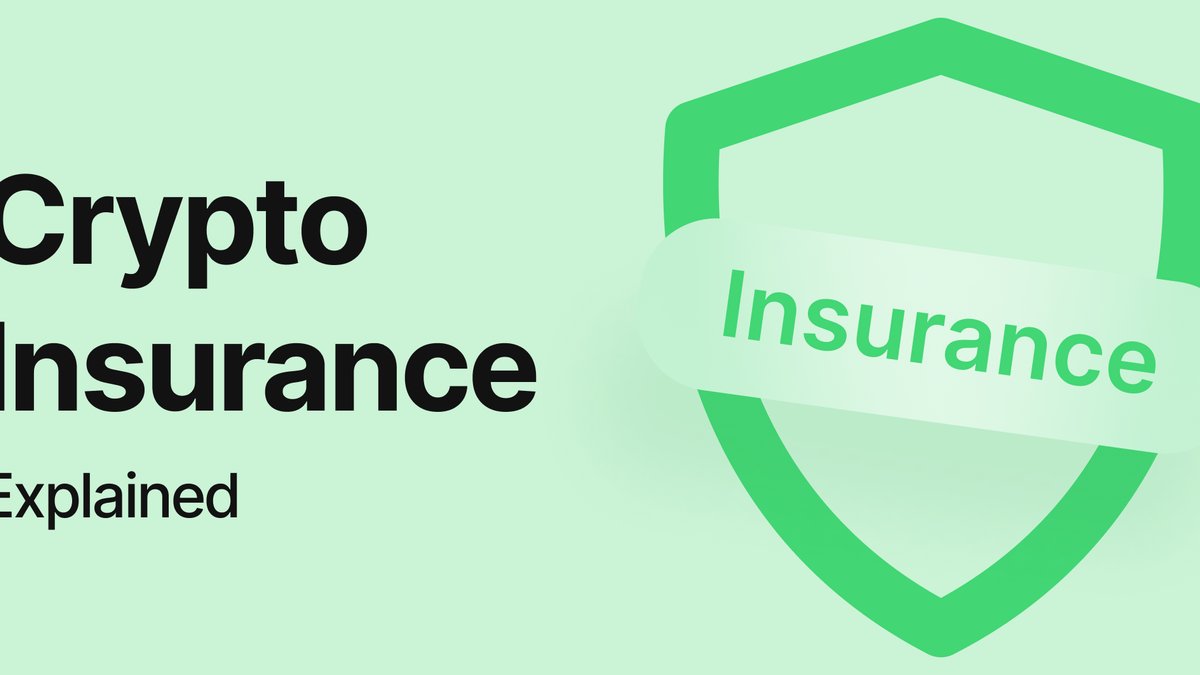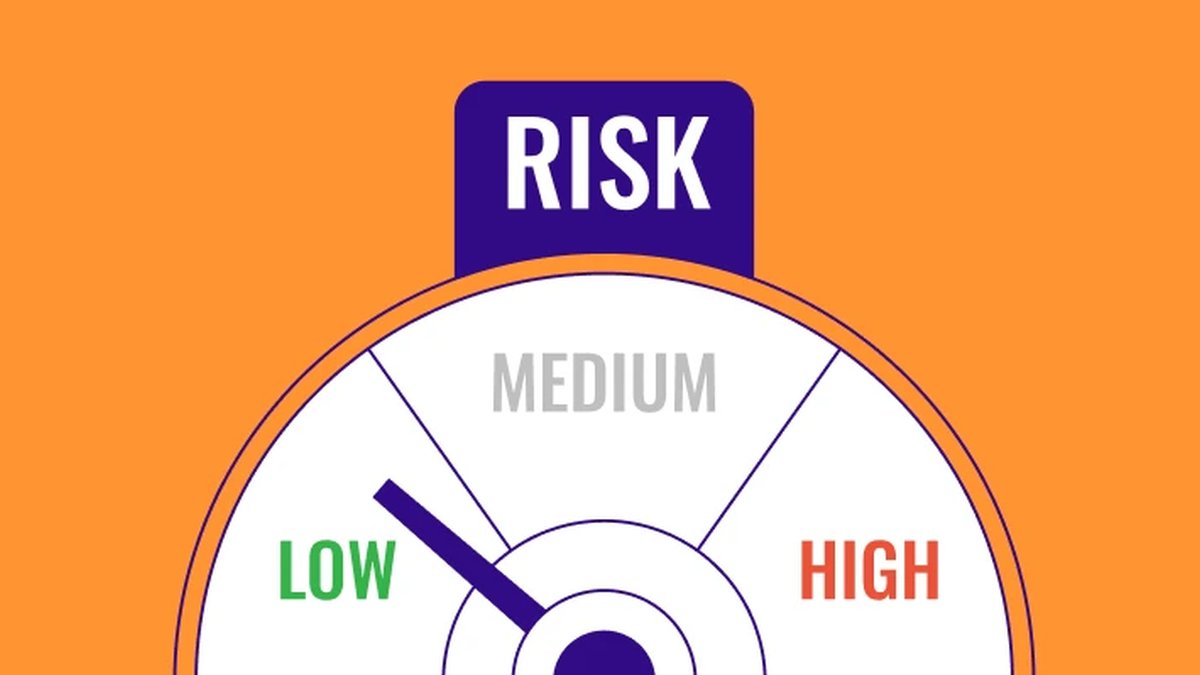Insurance for NFTs: Protecting Digital Art and Collectibles in 2025
Non-fungible tokens (NFTs) have transformed the way we own, trade, and value digital assets — from digital art and music to virtual real estate and in-game items. Yet, as the market matures, so too do the risks. NFT investors face threats from theft, smart contract failures, marketplace hacks, and even legal uncertainty over ownership rights. In response, a growing segment of the blockchain industry is developing insurance solutions for NFTs — designed to safeguard assets and bring confidence to collectors and institutions alike.
In 2025, insurance for NFTs is no longer a niche concept but a critical component of the broader crypto risk management landscape. This comprehensive guide explores how NFT insurance works, key policy types, leading providers, legal frameworks, and what investors should consider before purchasing coverage.
Understanding NFT Risks
Unlike fungible tokens like Bitcoin or Ethereum, NFTs are unique, indivisible assets stored on a blockchain. This uniqueness creates both value and vulnerability. Common risks include:
- Smart Contract Exploits: Vulnerabilities in NFT smart contracts can lead to unauthorized transfers or permanent loss.
- Marketplace Hacks: Centralized platforms hosting NFT sales can be breached, compromising user accounts and holdings.
- Wallet Theft: Private key exposure or phishing attacks can result in irretrievable losses.
- Rug Pulls and Fraud: Scams where creators disappear after raising funds, or sell plagiarized works.
- Legal Disputes: Ambiguity in intellectual property rights and licensing agreements may cause claims over ownership.
Given these challenges, NFT insurance has become an essential consideration for serious collectors, institutional investors, and NFT-based businesses.
How NFT Insurance Works
NFT insurance operates similarly to traditional asset insurance but leverages blockchain-specific tools for assessment and claims. Policies may be issued by traditional insurers entering the crypto space, or by decentralized insurance protocols governed by DAOs. Premiums are calculated based on asset valuation, storage method, and risk profile.
1. Valuation-Based Coverage
Since NFTs can fluctuate in value, insurers often use oracle integrations or periodic appraisals to determine insured value. Policies can be pegged to purchase price, floor price, or an agreed-upon insured amount.
2. Custody and Security Requirements
Coverage may require assets to be stored in secure wallets (such as hardware wallets or custodial vaults) and adhere to multi-signature protection. Some providers mandate on-chain verification before approving claims.
3. Smart Contract Integration
In DeFi-native solutions, claims and payouts are automated via smart contracts, reducing manual processing and improving transparency.
Types of NFT Insurance Policies
1. Theft and Loss Coverage
Protects against losses due to hacking, phishing, or unauthorized access. For example, if an NFT is stolen from a wallet despite following best practices, the insurer compensates the owner based on policy terms.
2. Smart Contract Failure
Covers losses caused by exploits or bugs in the NFT’s underlying smart contract, such as unauthorized transfers or minting errors.
3. Marketplace Risk
Policies may insure against losses from exchange failures, downtime, or insolvency of centralized NFT marketplaces.
4. Custodial and Vault Coverage
Some institutional-grade custodians offer NFT storage with built-in insurance, covering theft or operational errors under strict security audits.
Leading Providers and Platforms
- Nexus Mutual: A decentralized mutual offering coverage for smart contract risk and custodial services, expanding into NFT-specific pools.
- InsurAce: Provides customizable coverage for DeFi, NFTs, and cross-chain assets with multi-chain deployment.
- Coincover: Partners with custodians to insure wallets and NFT storage solutions, backed by Lloyd’s of London.
- Etherisc: A decentralized platform enabling custom insurance products, including NFT policies.
- Traditional Insurers: Some companies like Munich Re and Lloyd’s syndicates are experimenting with NFT coverage for institutional clients.
Regulatory Developments in 2025
As NFTs gain mainstream recognition, regulators are moving to clarify insurance obligations. In the U.S., the SEC and CFTC are collaborating on classification standards, while the EU’s MiCA framework provides guidelines for digital asset insurers. In Asia, Singapore and Japan require licensed NFT marketplaces to offer or disclose insurance options to users.
These regulations aim to enhance transparency, solvency, and consumer protection. They also encourage interoperability between traditional insurers and DeFi protocols, fostering hybrid models of coverage.
Key Considerations Before Buying NFT Insurance
- Assess Asset Value: Understand the volatility of your NFT holdings and choose coverage accordingly.
- Review Exclusions: Policies may not cover losses from negligence, market downturns, or intentional acts.
- Check Custody Requirements: Some insurers only cover assets held in specific wallets or custodial platforms.
- Understand Claim Process: Review documentation needs, verification methods, and payout timelines.
- Compare Providers: Evaluate decentralized vs. centralized insurers, premiums, and reputational trust.
Benefits of NFT Insurance
For collectors and investors, insurance offers peace of mind and financial resilience. It signals professionalism for institutions managing NFT portfolios or using NFTs as collateral in DeFi lending. For creators, insurance can enhance market trust and attract premium buyers who value protection against unforeseen events.
Challenges and Limitations
Despite progress, NFT insurance still faces challenges:
- Valuation Volatility: Rapid price changes make it difficult to maintain accurate coverage.
- Legal Ambiguity: Ownership rights and IP claims can complicate payouts.
- Liquidity Constraints: Decentralized pools may struggle to cover large losses during market stress.
- Limited Awareness: Many NFT holders remain unaware of available insurance products.
Future Outlook
In the coming years, expect to see more AI-driven underwriting, on-chain proof-of-ownership, and dynamic pricing tied to real-time NFT valuations. Institutional adoption will likely drive the integration of NFT insurance into asset management, lending, and fractionalization platforms. As regulatory clarity improves, insurance may become a standard feature for high-value NFTs, much like homeowners or auto coverage today.
Conclusion
Insurance for NFTs is emerging as a cornerstone of the digital asset ecosystem in 2025. As NFTs evolve from speculative collectibles to core components of the metaverse and Web3 economy, risk management becomes indispensable. Whether you’re an investor, collector, or creator, understanding NFT insurance options can safeguard your portfolio and enhance long-term value. As the market matures, expect greater product diversity, stronger legal backing, and deeper integration between traditional insurers and decentralized protocols.
Further Reading
Crypto & Market | Exchanges | Altcoin Analysis
FAQs
Do I need insurance for my NFTs? If your NFTs hold significant monetary or sentimental value, insurance provides protection against theft, smart contract failure, or marketplace hacks.
Who offers NFT insurance? Both decentralized platforms like Nexus Mutual and traditional firms like Lloyd’s are developing NFT-specific policies.
Does insurance cover market losses? No, NFT insurance typically excludes price volatility and focuses on theft, fraud, and technical failures.
How are NFT values determined for insurance? Insurers use oracle data, appraisals, or agreed-upon valuations at the time of policy issuance.
Will NFT insurance become mandatory? While not mandatory, regulations may soon require marketplaces and custodians to disclose insurance options or provide basic coverage to users.







